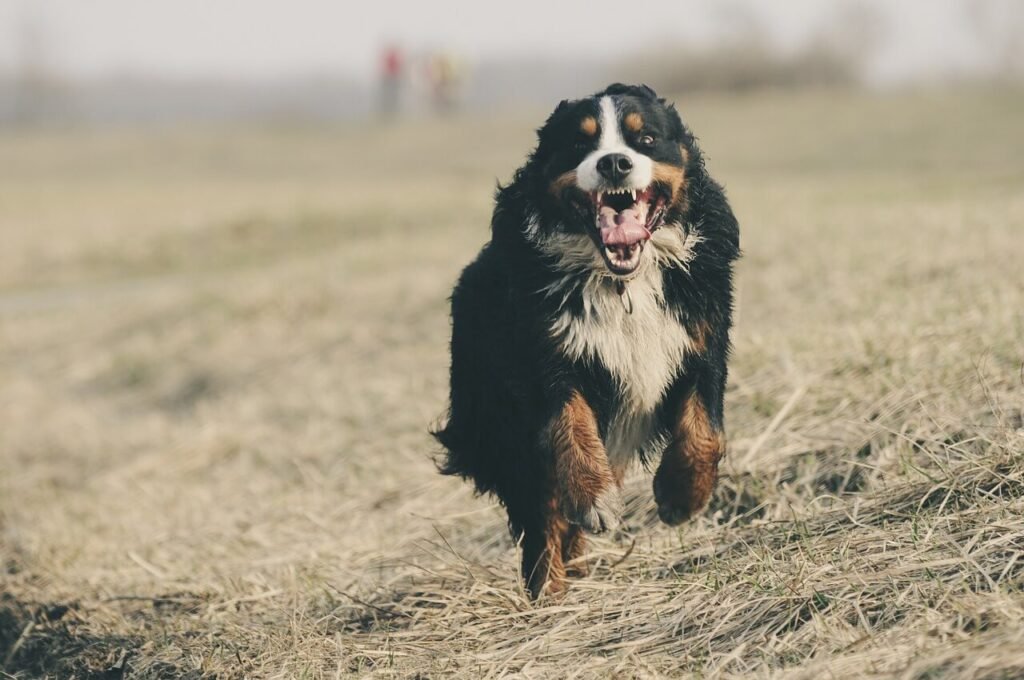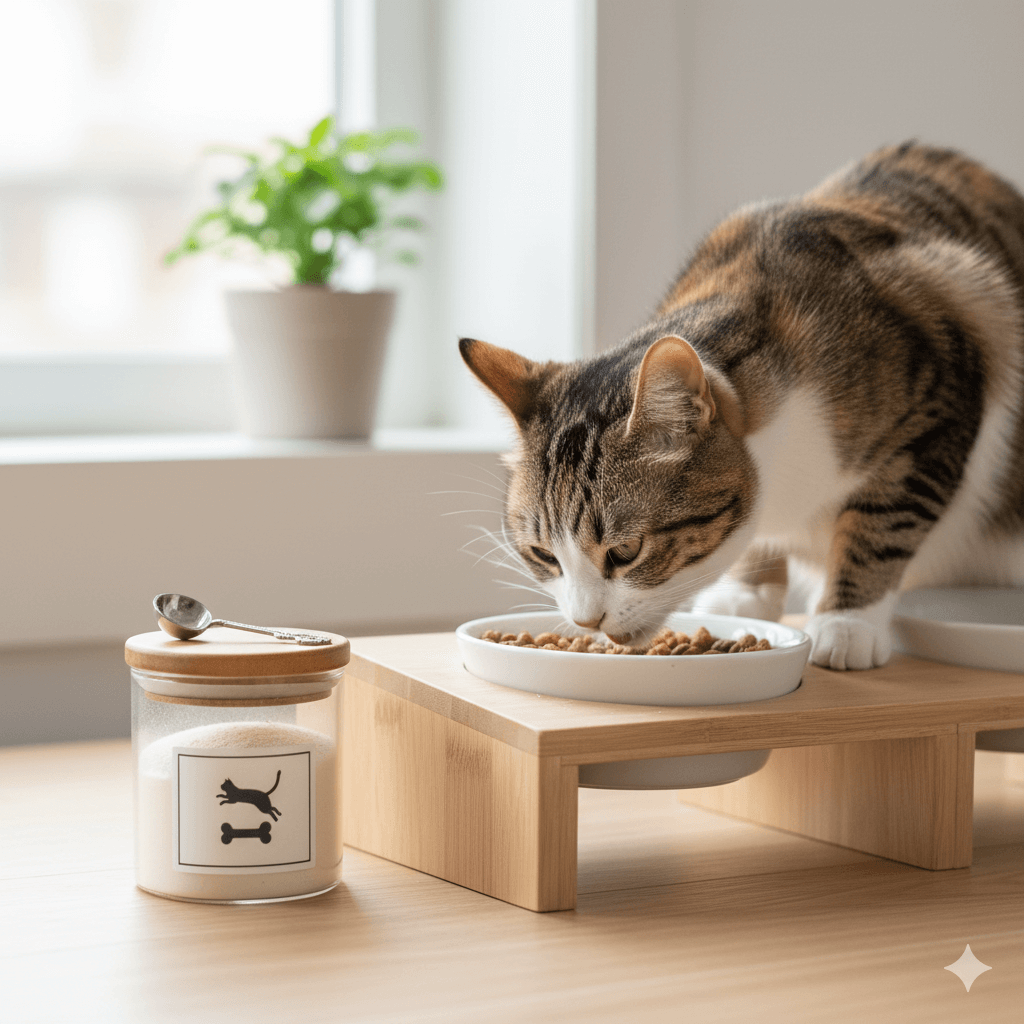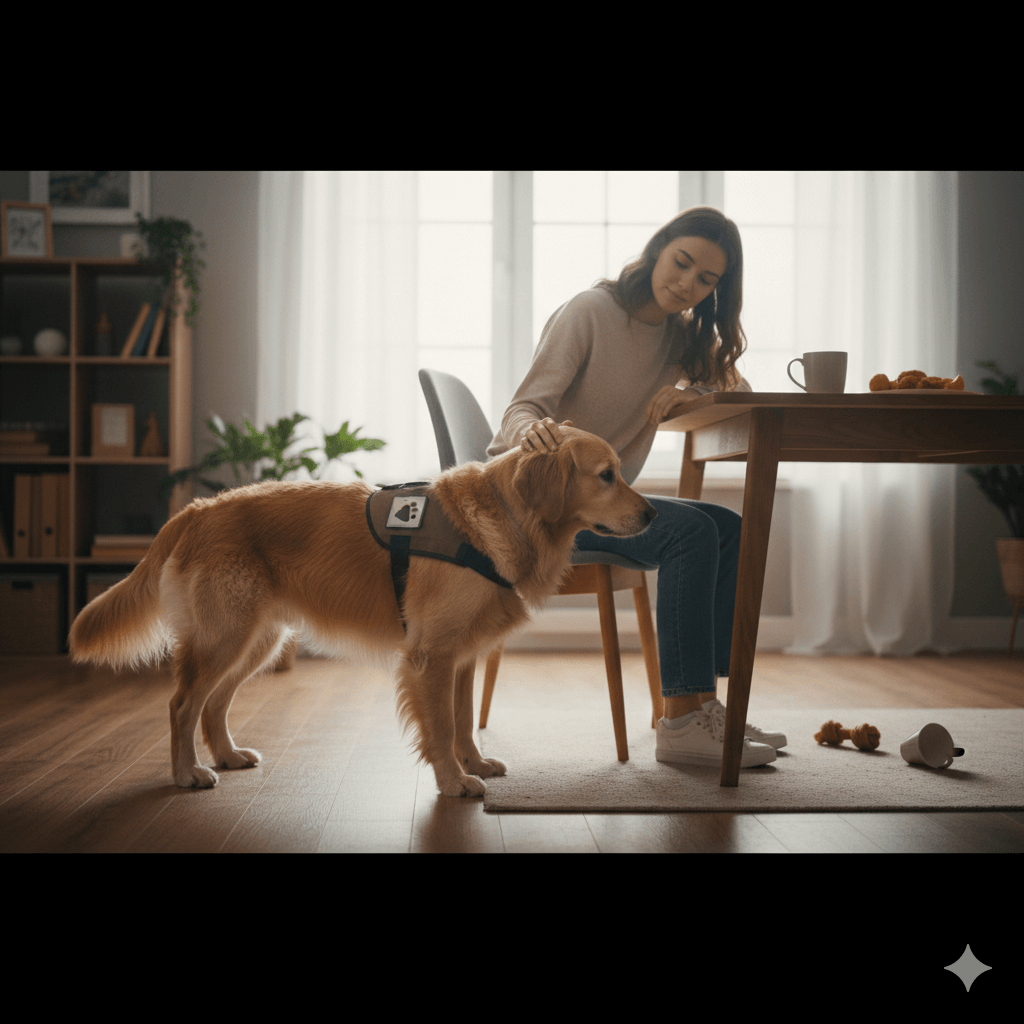Calm Big Dog Breeds: Gentle Giants for Your Home
When you think of big dogs, images of energetic, boisterous companions might come to mind. However, not all large breeds are high-energy whirlwinds. Many calm big dog breeds make excellent family pets, offering loyalty, affection, and a laid-back demeanor that fits perfectly into various lifestyles. Whether you live in a spacious house or a cozy apartment, these gentle giants can bring joy without overwhelming your space. In this blog post, we’ll explore some of the most serene large dog breeds, tips for raising them, and how to ensure they thrive in your home.
Top Calm Big Dog Breeds You Should Consider
If you’re looking for a calm big dog breed, there are several options that stand out for their relaxed personalities and adaptability. These breeds are known for their patience, gentleness, and ability to fit into various living situations.
Great Dane : Known as the “Apollo of Dogs,” Great Danes are gentle giants who love lounging around with their families.
Bernese Mountain Dog : This breed is calm, affectionate, and thrives on companionship, making it a great choice for families.
Newfoundland : Often called “nanny dogs,” Newfoundlands are famously patient and protective, especially with children.
Greyhound : Despite their reputation as racing dogs, Greyhounds are couch potatoes at heart and enjoy quiet time indoors.
Irish Wolfhound : With their dignified and calm nature, Irish Wolfhounds are perfect for those seeking a peaceful companion.
These breeds prove that big dogs don’t have to be overwhelming. Their calm temperaments make them ideal for households seeking a harmonious environment.
Tips for Raising a Calm Big Dog Breed
Bringing a calm big dog into your home is just the beginning. Proper care and training are essential to ensure they remain relaxed and well-behaved throughout their lives.
Provide ample space for your dog to move comfortably, even if they’re not overly active.
Stick to a consistent feeding schedule to avoid overeating, which can lead to obesity in less active breeds.
Schedule regular vet check-ups to monitor their health, as large breeds are prone to specific conditions like hip dysplasia.
Offer mental stimulation through puzzle toys or gentle training sessions to keep their minds sharp.
Create a cozy resting area where your dog can relax and feel secure.
By following these tips, you can ensure your calm big dog remains happy, healthy, and content in your home.
Check this guide 👉Most Violent Dog Breeds: Best 7 Expert Tips!
Check this guide 👉Primitive Dog Breeds: Best 7 Expert Tips!
Check this guide 👉Extinct Dog Breeds: Best 7 Expert Tips!

Characteristics of Calm Big Dog Breeds | Challenges of Owning Calm Big Dogs |
|---|---|
Naturally relaxed and low-energy | Require plenty of space due to their size |
Great with children and other pets | Prone to health issues like joint problems |
Minimal exercise needs | Can be costly to feed and maintain |
Loyal and affectionate companions | May struggle in small apartments |
Easygoing temperament | Training still necessary for good behavior |
How to Keep Your Calm Big Dog Mentally Stimulated
Even though calm big dog breeds are generally laid-back, they still need mental stimulation to stay happy and prevent boredom-related behaviors.
Introduce interactive toys that challenge their problem-solving skills, such as treat-dispensing puzzles.
Practice short, fun training sessions to reinforce obedience and strengthen your bond.
Take them on leisurely walks to explore new environments and smells, even if they don’t require intense exercise.
Rotate their toys regularly to keep things fresh and engaging.
Spend quality time cuddling or grooming them, which provides both physical and emotional comfort.
By incorporating these activities into your routine, you can ensure your calm big dog stays mentally sharp and emotionally fulfilled.
Common Misconceptions About Calm Big Dog Breeds
There are several myths surrounding calm big dog breeds that can lead to misunderstandings about their care and behavior. Let’s debunk some of these misconceptions.
Myth: Calm big dogs don’t need exercise.
Truth: While they may not require as much activity as high-energy breeds, daily walks are still important for their well-being.Myth: Large breeds are naturally aggressive.
Truth: Many calm big dog breeds are incredibly gentle and make wonderful family pets.Myth: Big dogs can’t live in apartments.
Truth: With proper care and enough space, many calm large breeds adapt well to apartment living.Myth: They don’t need training because they’re easygoing.
Truth: Even calm dogs benefit from basic obedience training to ensure good behavior.Myth: Calm big dogs are low-maintenance.
Truth: While they may be less demanding than active breeds, they still require attention, grooming, and veterinary care.
Understanding these truths will help you set realistic expectations and provide the best care for your dog.
Benefits of Owning Calm Big Dog Breeds
Calm big dog breeds offer numerous advantages that make them appealing to a wide range of households. Their gentle nature and adaptability make them ideal companions for various lifestyles.
They provide a sense of security due to their size, while their calm demeanor ensures they’re not overwhelming.
Many calm big dogs are highly affectionate, forming strong bonds with their families and offering constant companionship.
Their low energy levels mean they’re less likely to cause chaos in homes with limited space or fragile items.
These breeds often excel as therapy or emotional support animals due to their soothing presence.
Calm big dogs are typically easier to manage than high-energy breeds, making them great choices for first-time owners.
Owning a calm big dog breed can bring immense joy and tranquility to your life, especially if you value a peaceful home environment.
Challenges of Raising Large Dogs
While calm big dog breeds are wonderful companions, raising them does come with certain challenges. Being aware of these potential hurdles can help you prepare for a successful relationship with your pet.
Large breeds often require special diets to meet their nutritional needs and prevent obesity.
Their size can lead to accidental damage, such as knocking over furniture or small children during play.
Many large dogs have shorter lifespans compared to smaller breeds, which can be emotionally challenging for owners.
Training is essential, even for calm breeds, to ensure they understand boundaries and commands.
Veterinary care for big dogs can be costly due to their size and predisposition to certain health issues.
By addressing these challenges proactively, you can create a harmonious and fulfilling relationship with your large dog.
Tips for Socializing Calm Big Dog Breeds
Socialization is key to ensuring your calm big dog grows into a well-adjusted adult. Even though these breeds are naturally gentle, proper exposure to different environments and experiences can enhance their temperament.
Introduce your dog to new people, places, and animals gradually to build their confidence.
Enroll them in puppy classes or group training sessions to foster positive interactions with other dogs.
Use positive reinforcement to reward calm behavior during socialization outings.
Expose them to various sounds, textures, and environments to reduce fear or anxiety in unfamiliar situations.
Regularly take them to dog-friendly parks or events to practice good manners around distractions.
With consistent socialization, your calm big dog will become an adaptable and well-behaved companion who thrives in any setting.
Frequently Asked Questions About Calm Big Dog Breeds
Are all big dogs calm by nature?
No, temperament varies by breed and individual. Some large breeds are energetic, while others are naturally calm.
Do calm big dogs require a lot of space?
While they do need room to move comfortably, many calm breeds adapt well to smaller homes if their needs are met.
How much exercise do calm big dogs need?
Most calm breeds require moderate exercise, such as a daily walk, to stay healthy and happy.
Are calm big dogs good with kids?
Many calm large breeds are excellent with children due to their patient and gentle nature.
What health issues should I watch for in calm big dogs?
Large breeds are prone to conditions like hip dysplasia, bloat, and heart issues, so regular vet visits are crucial.
Why Calm Big Dog Breeds Make Perfect Companions
Calm big dog breeds offer the best of both worlds: the loyalty and protection of a large dog combined with the serenity of a low-energy companion. Whether you’re looking for a family pet, an apartment-friendly canine, or simply a gentle giant to share your life with, these breeds can bring immense joy and comfort. By understanding their unique needs and providing proper care, you can build a strong, lasting bond with your furry friend. With the right approach, a calm big dog can become the perfect addition to your household.
Understanding Bone Supplement for Cats: Best 7 Expert Tips! – Safe, vet-approved guidance for strong feline bones & balanced nutrition.
Bone Supplement for Dogs: Best 7 Expert Tips! – Expert guide to calcium, collagen & bone health for every life stage.
Understanding Can Cats Get Sunburn: Best 7 Expert Tips! – Protect your feline from UV damage with vet-backed prevention strategies.
How to Train a Seizure Alert Dog: Best 7 Expert Tips! – Learn expert-backed steps to nurture natural instincts into reliable, life-saving seizure alerts.





